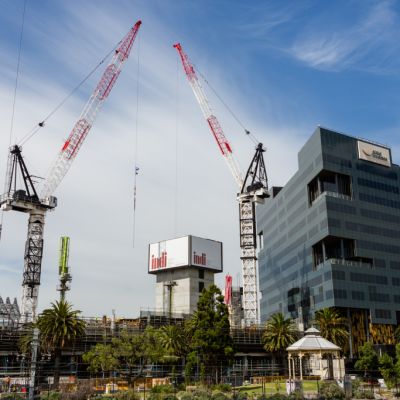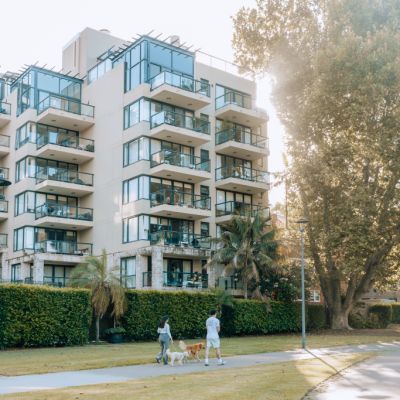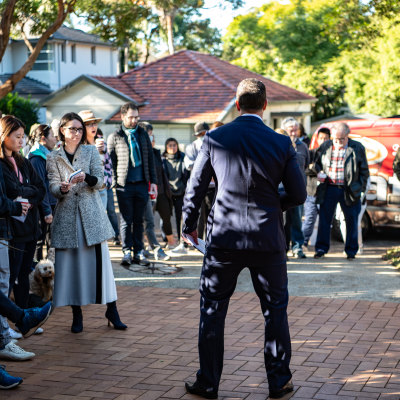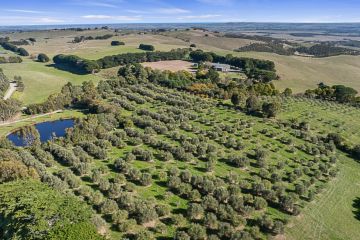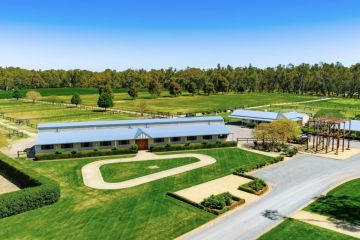Apartment living is widely embraced in big cities, but why isn’t it here in Australia?
In Australia, 1 in 5 apartment dwellers are families with children. Yet, the diverse options for apartment living are lacking when compared to other cities across the world.
Think of popular TV shows like New Girl, Friends or One Day at a Time, set in big cities where their living spaces have plenty of room for lots of people, where the floorplan is unique and adaptable, and where these properties are seen as the norm.
But why do Australian families appear so averse to this property type?
A recent study from the University of New South Wales (UNSW) found that more Australian families with children are choosing to live in apartments, but unfortunately, the majority of available apartments are not actually suitable for their needs. Instead, most units are only one to two bedrooms and are built with investors in mind, not families.
However, there is more to this issue than developers not catering to the growing demand of Australian families wanting to live in apartments with more than two bedrooms.
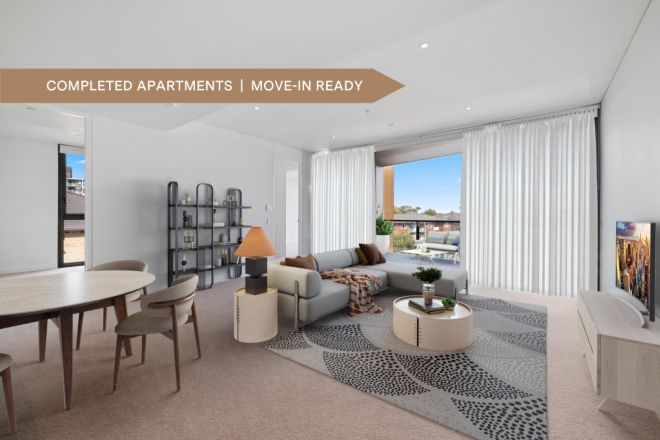
Co-author of the recent study Phillip Oldfield, head of the School of Built Environment at UNSW Arts, Design and Architecture, says Australia’s societal views on apartments are setting back the development of these family-friendly spaces.
“There are cultural and societal factors at play here … and assumptions that families with children don’t want to live in apartments. The narrative we hear is apartment living is fine until children come onto the scene,” he says.
But in reality, those assumptions are outdated, he says. More people want to live in apartments long term and raise their families in it. Oldfield is part of that movement; he currently lives in an apartment with his partner and two kids.
“We choose to do so because of the proximity to our place of work and proximity to cultural and infrastructural activities and places we want our family to be near.”
Another study by the University of New South Wales saw that more people have begun embracing apartment living as a long-term option rather than using it as a temporary stepping stone to detached houses.
The study was based in the Sydney suburb of Liverpool, where 50 per cent of apartment dwellers were families. It found that the birth of a child did not generally trigger the switch to a house, but instead a larger apartment near the town centre because of the centralised benefits offered by urban locations.

Compared to other major cities worldwide, Australia’s aversion to apartment or townhouse living may seem strange, but Oldfield says it’s not so much that people are against it; there are just simply not enough choices or supply available for families to pick from.
Grattan Institute associate Esther Suckling agrees and says more people are interested in apartment living due to the persistently prohibitive price rises of houses close to city centres.
“From the census in 2021, larger apartments make up less than 5 per cent of all homes in Australia and larger apartments just means three plus beds. So there are very limited options for families who want to live in apartments,” says Suckling.
“There’s constraints for people who actually would like to live closer to work with their kids in the city, rather than in the suburbs. They just might not be able to find a reasonably priced apartment.”
Suckling says quite a few restraints have been limiting bigger, non-luxury apartment options.
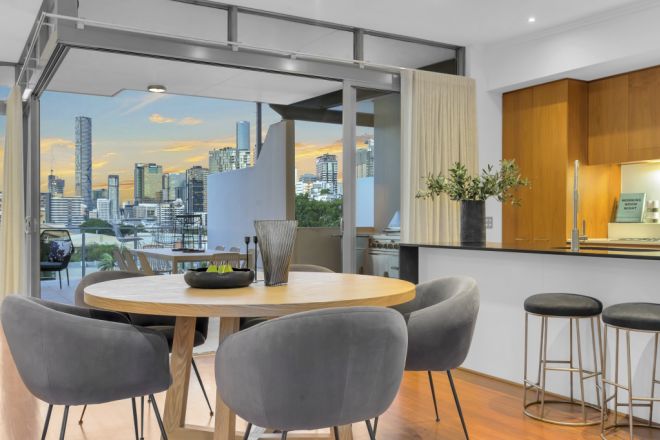
“One [reason] is that in the past developers have tended to build based around investors to sell multiple units of one to two bedrooms to overseas or domestic investors. They often have to sell a number of units off the plan. It’s easy to do that. However, a family who wants to buy the three-bed apartment is much less likely to buy it off the plan in that way.
“The other [reason] is parking spaces. In Melbourne, there’s a requirement that when you go from two to three beds, you have to add an extra parking space. That makes a three-bedroom apartment $100,000 more expensive because you have to dig out that extra space.”
Oldfield says developers who participated in his study told him that changing the layout of an apartment from the stereotypical ‘cookie cutter’ floorplan to a more family-friendly one would not impact the cost of building kid-friendly units.
The issue is that developers believe these ‘cookie-cutter’ apartments are what owners and investors want, he says.
However, founder and chairman of Deicorp, Fouad Deiri OAM, says that’s not necessarily true.
“We are finding a growing interest and appetite for larger apartments to meet the needs of families. This, in part, reflects the growing gap in prices between apartments and free-standing houses,” he says.
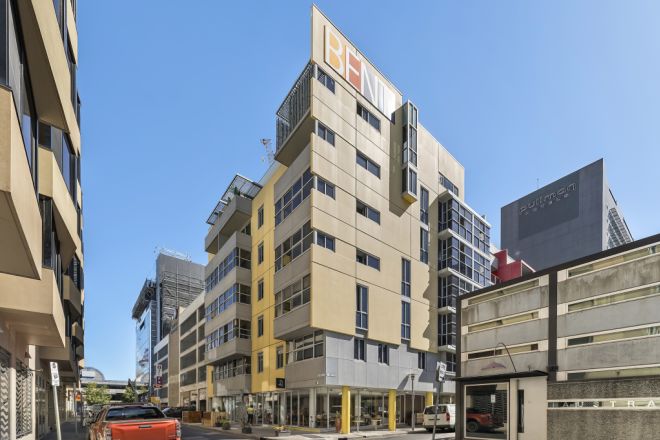
James Herbert, director of Time & Place, agrees and has seen a shift of families prioritising a “cosmopolitan lifestyle, low maintenance living, and proximity to existing neighbourhood amenity, over a traditional block of land.”
“As demographics change and planning and tax settings evolve, we anticipate these prime location, three-plus bedroom apartments will continue to appeal to a broader range of buyers, including downsizers, up-sizers, and right-sizers.”
Herbert says that Time & Place has seen an increase in family-friendly units in their own apartment development projects.
“Ten years ago, only 5 to 10 per cent of the apartments in our projects were family-sized, and now that number is over 20 per cent,” he says.
“As a developer, we are happy to design and build larger apartments for families, including larger four-bedroom apartments. As demand for this style of property increases, they will no doubt become more common in apartment projects. They will, of course, need to be financially viable, and purchasers will need to pay more for larger apartments,” says Deiri.
The starting price of a three-bedroom apartment for Time & Place’s Queensbridge Building development project in Melbourne’s CBD is $1.35 million.
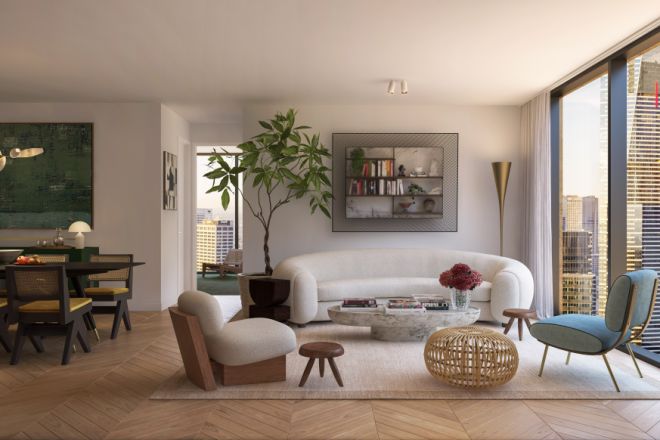
Phillip Oldfield says the cost of bigger apartments is what may put people off.
“Families with children need more space. Space is always going to be more expensive,” he says. “A three-bedroom apartment is always going to be more expensive than a two-bedroom apartment,” says Oldfield.
According to Domain data, a two-bedroom apartment tends to be cheaper than a two-bedroom house, but when the third bedroom is added, it’s more affordable to buy a house than an apartment in some capital cities.
For example, a three-bedroom apartment in Sydney has a median price of $1,264,000, but a house with the same number of bedrooms has a median price of $1,166,000. That’s a $98,000 price difference.

In Melbourne, it’s a similar story: a three-bedroom apartment has a median price of $866,500, while a three-bedroom house has a median price of $805,000 – a $61,500 price difference.
However, the price gap in Adelaide is much smaller. The median price of a three-bedroom house is $700,000, while an apartment is $690,000. An apartment is $10,000 cheaper.
In Brisbane, Perth, and Canberra, purchasing a three-bedroom apartment is significantly cheaper than a three-bedroom house.
| Three bedroom house | Three bedroom apartment | |
| Brisbane | $710,000 | $595,500 |
| Perth | $552,000 | $523,000 |
| Canberra | $823,500 | $765,000 |
One of the driving factors as to why three-bedroom apartments are more expensive is the mismatch between supply and demand, says Suckling. There are simply more houses with three bedrooms compared to apartments with the same number of rooms.
Oldfield adds that a lot of the three-bedroom apartments currently available or being developed are targeted to the luxury market, which is not accessible to everyone’s budget making it a “real challenge for families.”
“Developers listen to the people who buy their apartments and they tend to be investors. And investors want generic one and two beds because they know they serve the broadest possible demographic,” says Oldfield.
“I think developers could actually make more money by creating apartments that better meet the needs of people who live [in them],” he says. “We need to challenge the preconception that apartment living is not for families.”
Suckling says, as more people change the Australian mindset of wanting a house with a yard and a white picket fence and choose properties like apartments and townhouses, the market could change rapidly into demanding the construction of these property types with more bedrooms.
“I wouldn’t expect it to take a whole other generation for people to really start embracing apartment living more,” she says.
“One in five apartments have kids. You can’t really say that no one wants to live in an apartment with kids. It’s already happening.”
We recommend
We thought you might like
States
Capital Cities
Capital Cities - Rentals
Popular Areas
Allhomes
More
